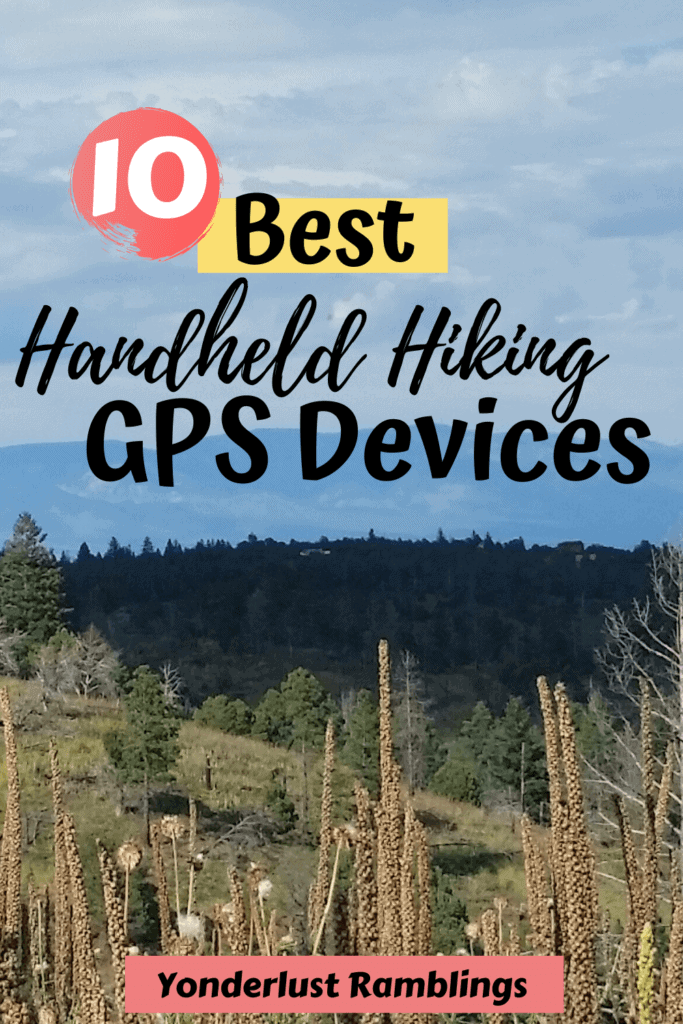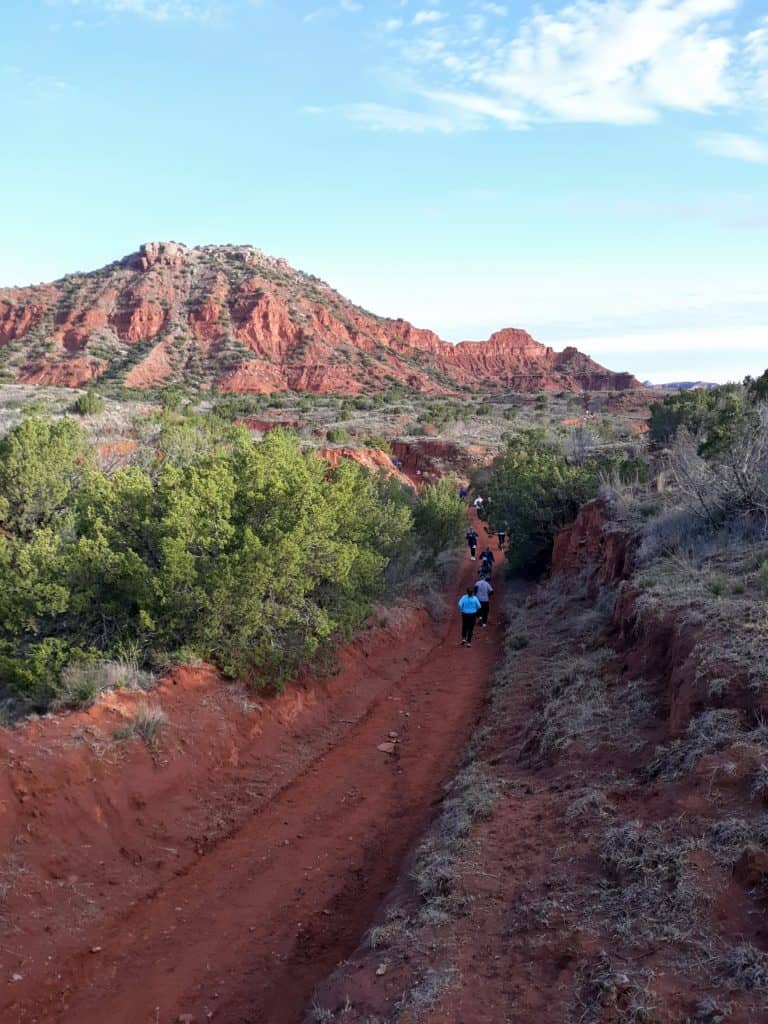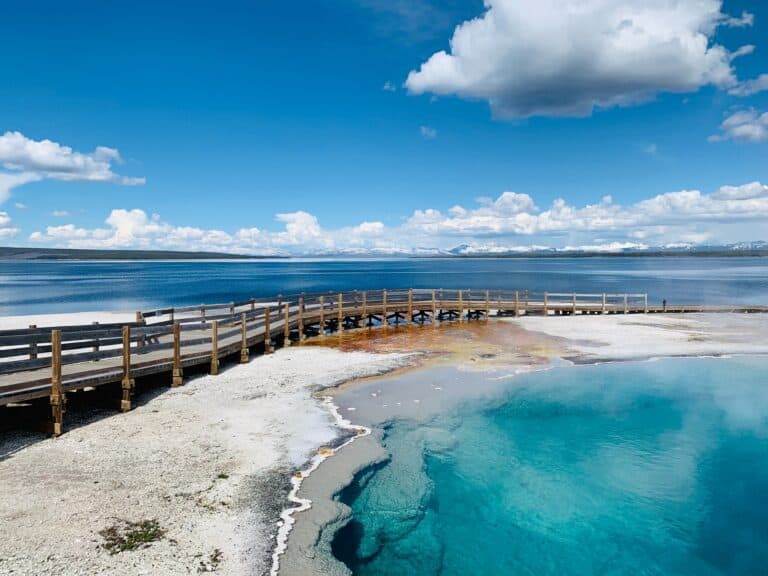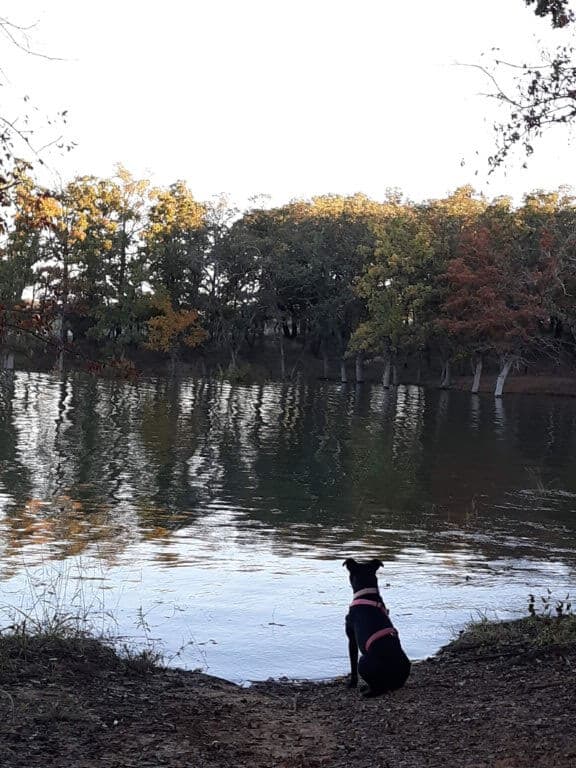The Ten Best Handheld Hiking GPS Devices for Outdoor Enthusiasts
It is impossible to discuss responsible hiking these days without addressing the continuing improvements in the world of hiking GPS devices. It is also almost as impossible to make a case against not investing in one of these potentially life saving devices. I would know, I could have benefited greatly from one on my botched trip in Utah’s Uintas, where I spent a day lost in the backcountry. Now, it is one of my most recommended pieces in my hiking and backpacking checklist, for any hiker, backpacker, and outdoor enthusiast out there. There are some undeniable big name dominators in the world of GPS devices, including GARMIN, SPOT, and SATMAP. These are my recommendations for the best handheld hiking GPS devices.
This blog is fully supported by its readers! That means that if you make a purchase through one of my affiliate links, I may earn a commission.
Table of Contents
The 10 Best Handheld Hiking GPS Devices
Below are a list of the 10 best handheld hiking GPS devices, from some of the main outdoor survival brands:
The GARMIN Line of Hiking GPS Devices
The GPS market is brimming with Garmin products, and for good reason: they are arguably among the best in handheld GPS producers. Below are several standouts that hit the mark in more than a couple crucial areas of handheld hiking GPS devices.
Garmin Etrex 30x
The Etrex 30x is the lightest in this Garmin hiking GPS list at 4.8 ounces. It shares the longest battery life, 25 hours, with only one other Garmin model, the Etrex 20x. It has the smallest screen size, 2.2 inches, but considering it is one of the more affordable options, it may be worth it to consumers to part with a few tenths of an inch of screen to save some bucks.
Benefits:
- light
- compact
- affordable
- long battery life
- water resistant
- electronic compass
- barometric altimeter
- wireless enabled
Drawbacks:
- not a touchscreen
- small screen
- less memory storage
Garmin Oregon 700
The Oregon 700 model is a midweight option at 7.4 ounces. It possesses significantly less battery life than the Etrex 30x, with 16 hours. It does have a full 3 inches of screen, but will cost you more. It also comes equipped with more bells and whistles, like increased memory storage, a camera, waterproof capabilities, Bluetooth, and pre-loaded topography maps.
Benefits:
- more built in memory
- waterproof
- pre-loaded maps
- touchscreen
- camera
- compass and barometric altimeter
- exceptionally accurate reception
Drawbacks:
- shorter battery life
- high price tag
- pre-loaded maps can be difficult to read
Garmin GPS MAP 64s
This model is a middle of the road compromise on weight, battery life, screen size, and price. 8.11 ounces, 16 hours of battery life, a slightly larger screen than the Oregon 650t at 2.6 inches, and a price tag more than the Etrex 30x, but less than the Oregon 650t. It is also wireless equipped, for sharing routes and data with other compatible devices.
Benefits:
- lots more memory storage than other models (8 G)
- middle range price tag
- bright LCD display
- electronic compass and barometric altimeter
- helix antenna for improved tracking and reception, even in dense canopy
- wireless sharing capability
- Bluetooth.
Drawbacks:
- larger
- heavier
- no touchscreen
- non rechargeable battery
Garmin Etrex Touch 35t
The Etrex Touch 35t is very comprable to the GPS MAP 64s model in battery life, screen size, and price. The biggest difference is the weight at 5.6 ounces, and the fact that the Etrex Touch 35t comes pre-loaded with topo maps.
Benefits:
- lots of memory storage (8 G)
- touchscreen
- light and compact
- middle range price tag
- pre-loaded with topo maps
- compass and barometric altimeter
Drawbacks:
- slightly less battery life
- slightly smaller screen than the GPS MAP 64s
GARMIN Montana 680
The largest screen size in my GARMIN recommendations is the Montana 680 with a full 4 inches of screen. Naturally, as you can assume from the developing trend, the more screen size the higher the price, so this is one of the pricier options. With the price tag, expect a couple extra bells and whistles, such as the camera, glove compatible display, mounting capabilities, and wireless sharing capabilities. It is also one of the heavier options at over 10 ounces. Battery life is on average 16 hours, but it has dual capabilities of being able to be charged with a rechargeable lithium ion battery, or standard double AA batteries.
Benefits:
- touchscreen
- camera
- wireless sharing
- can mount anywhere
- largest screen
- multiple charging options
- wireless sharing
- vertical and horizontal orienting screen
- electric compass and barometric altimeter
Drawbacks:
- less memory storage
- large
- heavy
- expensive
Garmin Etrex 20x
In the same family as the Etrex 30x, basically the same specs except it is slightly heavier at 5 ounces. Like the 30x, it is among one of the more affordable options, which means a smaller screen and more basic functions.
Benefits:
- light
- compact
- affordable
- excellent battery life
Drawbacks:
- one of the smallest built in memories (3.7 G)
- not a touchscreen
- small screen
- no electronic compass
Garmin RINO 750
This is the heaviest in this GARMIN lineup at 11.3 ounces. Battery life on average is a little less, reliable up until 14 hours. The RINO 750 has 2.6 inch screen, and a heftier price tag. The main bonus here is the built in radio, which allows you to communicate directly with others.
Benefits:
- the radio is the big benefit here
- antenna
- electronic compass and barometric altimeter
Drawbacks:
- no touch screen
- heavy
- high price tag
Garmin InReach Explorer+
This hiking GPS model is for the serious hikers and backpackers. If you are an occasional hiker, or a casual explorer, the $120 annual subscription fee will probably feel off-putting to you! For that price, users are able to text message anywhere on the planet, as well as have access to the SOS feature that, when activated, will immediately contact search and rescue. It also comes pre-loaded with maps, and the ability to easily pair with apps on mobile devices. Garmin also makes a smaller, lighter, and more compact version of the InReach, with the InReach Mini device.
Benefits:
- pre-loaded maps
- text message capabilities
- compass and barometric altimeter
- easy pairing to mobile devices and apps
- long battery life
- great reception
Drawbacks:
- subscription fee for messaging
- expensive
The SPOT Line of Hiking GPS Devices
Spot X
The SPOT X requires a subscription of $20 a month for full functionality, which includes text messaging abilities from anywhere in the world, as well as navigation. This device will perform from across the globe, even where there are no cell towers. It does, however, need a clear view of the sky. SOS notifications and direct messaging abilities with search and rescue are enabled with the subscription, as well as a check in function to notify family members of a safe arrival.
Benefits:
- ability to send messages to family and friends
- SOS feature and real time location tracking
- compass
- lightweight
- excellent battery life with rechargeable batteries
- waterproof
Drawbacks:
- no pre-loaded maps
- monthly subscription service fee
The SATMAP Line of Hiking GPS Devices
Satmap Active 20
The SATmap Active 20 model is a no frills, 11 ounce, 3.5 inch screened device. The face of the device is equipped with large and easy to use buttons, and can be used as either a touchscreen or button device. This comes in handy especially for glove wearers. Additionally, it has on average 12-14 hours of battery life. The battery is rechargeable, but the Active 20 can also utilize 3 AAA batteries.
Benefits:
- water resistant
- Gorilla glass
- Bluetooth
- electronic compass and barometric altimeter
- both a large touchscreen and buttons
Drawbacks:
- battery life
- resolution on the screen reported to sometimes be difficult to read or “grainy”
- USB port cover detaches too easily
- large
- heavier
- shorter battery life
So Do I Need a Handheld Hiking GPS Device?
If you are a serious hiker, or even the mostly recreational day hiker who occasionally tackles the back country, then yes, you need a handheld hiking GPS device! If the location of your hike is isolated in any way from civilization, then yes! If your planned hike may involve snow on the trail or bad weather, which can lead to environmental challenges, then yes! On the other hand, having a handheld GPS device is not the solve all answer, it is still imperative to have the knowledge of how to read and use a map and compass! A GPS is only one small component of the ten essentials hiking checklist as well as a fully functioning hiking safety plan.
So What Should I Consider When Choosing the Right Handheld Hiking GPS Device for Me?
Screen Type
Touchscreens are faster to use, but use up more battery life. If you are planning cold weather hikes, also take into consideration that some touchscreens are less cooperative to use when paired with thick gloves, or freezing temperatures.
Screen Size
Larger is obviously easier to read, but the trade off is that these models are larger, heavier, and generally more expensive.
Weight
Ask any backpacker, counting ounces becomes a religion when planning a big hike! But the downside of lighter and more compact models is generally a smaller screen size.
Battery
The worst thing that could happen is finding yourself in a desperate situation, and unable to use your hiking GPS device because it is dead. It is important to take into account the models that utilize rechargeable batteries, because you can always bring a spare set with you.
Memory
It is really a personal preference how much memory you plan to store in the way of pictures, but it is more crucial to determine how much data you want to utilize for storing maps, routes, etc.
Build
There are models above that boast some additional perks in the way of sturdiness and durability, such as waterproof capabilities. There is also the range of sizes, weights, and compact-ness to consider when choosing your hiking GPS device.
Tracking Tools
Tools like electronic compasses and barometric altimeters can be vital tools, but not all of the cheaper, more basic models will come equipped with the full functionality of these features. Many models can connect to not only GPS but GLONASS, a global, space-based navigation system that is an alternative to GPS, with a paid subscription fee.
Why Can’t I Just Use the Hiking GPS Apps on My Smartphone?
You absolutely can, for recreational hiking! The necessity of a hiking GPS device comes into play when tackling more remote, long distance, and back country hiking. These are the situations where the potential to get lost becomes much more significant. If you are doing a day hike in a suburb outside Dallas, by all means you can use one of the fantastic smartphone hiking apps, like AllTrails, which I highly recommend for recreational hiking. If you are going to hike the new 100 mile trail between Guadalupe Mountains National Park in remote west Texas all the way to Carlsbad Caverns National Park in rural southern New Mexico, then definitely grab yourself a hiking GPS device! A GPS device will prove to be sturdier, more durable, and have a longer battery life and stronger navigational abilities than a smartphone, even without a cell tower nearby!
Navigation Systems are Just One Category of Hiking Essentials! What About the Rest?
Get your FREE checklist of ALL 10 hiking essentials!
PIN for LATER!










I love that you lost both the benefits and drawbacks of each device. I have been thinking of buying one of these and this helps so much!
We thought we were done using GPS units, but on our recent trip to Paris—even after purchasing a premium cell phone package for all 4 family members from Verizon—we found ourselves without reliable connectivity right in the center of Paris! This lack of being able to easy map out where were going, etc. greatly impeded our plans for early morning runs and for exploring in general. Do you think a GPS unit is a better way to go for international travel?
I personally do not have or have ever used a GPS unit for exploring in the city. I would have to try that myself before I could give you my true opinion, but it sounds like it could be worth looking into, if you found Verizon to be that unreliable. Or maybe there is another cell service for international travel to look into that gets better reviews for reliability, especially if you travel a lot internationally.
Have been looking into these and this article has been really helpful to look at the pros and cons.
I few great options here to choose from here. Thanks.
I can never imagine anywhere better to spend my time than outside in the nature.Now I have been hiking,camping and all that stuff but never thought what would happen should i lose my way, it`s time I invested on a good GPS.
I never really thought about needing a GPS until it was too late, which is the worst time to realize how important it is! I now preach how vital it is to any hiker’s inventory!